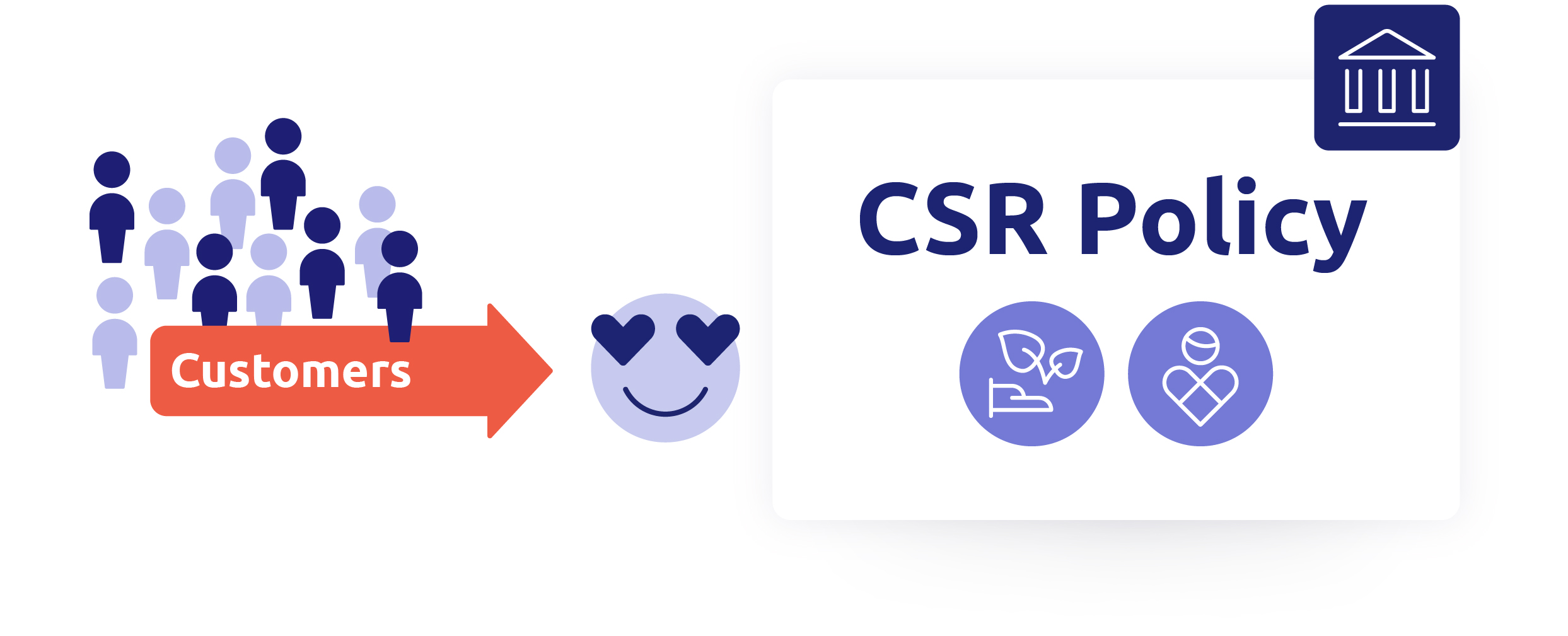A revolution in customer expectations and behavior
The impact of digitalization on customer service in banking
Digitalization has profoundly changed how customers interact with their banks.
According to a Forbes Advisor article, 78% of American adults prefer to use a mobile app or website for their banking operations.
But the digitalization of customer service in banking goes beyond a simple change in channels. It represents a new philosophy focused on simplicity and customer autonomy. The days of complex processes are over, making way for smooth, intuitive experiences. Customers now want to handle their banking operations from A to Z autonomously, whenever and wherever they choose. The responsibility lies with financial institutions to meet these expectations.
Personalization and responsiveness: two pillars of customer service in banking
Even as customers seek autonomy, they haven’t abandoned their desire for personalization. On the contrary, they expect even more targeted support and advice.
This requires a deep understanding of each customer’s needs and situation. Customers want to feel unique and valued. Many are willing to share their personal data if it allows them to receive tailored services.
Along with personalization, customers demand speed. In the age of social media and real-time interactions, waiting is no longer an option. When faced with a problem or complex question where human interaction becomes essential, customers expect almost immediate assistance. Speed of response is a key criterion in banking customer service experiences.
Banking customer service providers must develop a culture of immediacy and customization. This demands not only the right tools and data but also the right skills to deliver this level of service on a large scale.
Reinventing customer service in banking by combining digital and human touch
Towards an enhanced “phygital” relationship
To meet evolving customer expectations, financial institutions must rethink their relationship models. In customer service banking, the goal is to find the right balance between digital autonomy and human proximity. This is where the “phygital” approach comes into play, blending the best of the physical and digital worlds.
This requires:
- Digitizing as many processes as possible to empower customers to handle simple tasks independently.
- At the same time, ensuring quick, personalized responses from advisors for more complex issues or sensitive moments.
Video appointments, combining human expertise with digital convenience, are a perfect example of this trend.
The extent to which consumers believe their primary bank tailors services to their needs greatly affects their loyalty and willingness to promote the bank.
Banks need to increase customer touchpoints across all channels in a truly omnichannel strategy. The customer journey should be unified and seamless across web, mobile, social media, and branches.
The challenge of personalized service at scale: customer service in banking in the age of AI
Providing truly personalized support to millions of customers is a significant challenge. This is where artificial intelligence (AI) comes into play. By automating repetitive tasks and boosting advisors’ productivity, AI enables the perfect blend of personalization and automation, delivering both quality and volume.
Take voicebots, for example. These intelligent voice assistants understand customer requests expressed in natural language, allowing them to autonomously handle simple queries like checking a balance or ordering a checkbook. As a result, advisors are freed from repetitive tasks and can focus on high-value interactions.
AI also enhances customer service banking by offering a much deeper understanding of customer behavior. Automatic transcription tools record entire conversations, facilitating semantic analysis of interactions. With sentiment analysis, it’s even possible to detect emotions in written messages or customer calls.
These technologies are now a reality. Diabolocom integrates them natively to help financial services providers boost productivity and responsiveness while keeping human connection at the heart of bank customer service.
Human connection, the cornerstone of enhanced customer service in banking
While technology makes it easier to manage customer service in banking and other financial services, it doesn’t replace the human touch. On the contrary, in a digital world, the added value of advisors lies more than ever in their ability to provide expert advice and personalized support.
Freed from low-value tasks, advisors can focus on complex interactions where human expertise truly makes a difference. Their role evolves into one of counseling, listening, and educating. Advisors become true life partners, guiding customers through key moments like buying a home, retiring, or handling an inheritance. They also provide day-to-day expert insights to make banking more transparent and accessible.
Becoming a trusted partner in life’s key moments
From transactional to relational banking
To retain their customers, financial institutions must shift from a product-centric approach to a relationship-centric one. The goal is no longer just to sell banking services, but to accompany customers throughout their lives, delivering value at every key moment.
Banks hold a privileged position in life’s important moments: entering the workforce, buying a first home, retiring… These are prime opportunities for financial institutions to demonstrate their usefulness and strengthen brand loyalty.
The key is to be present at the right moment with the right value proposition.
This requires a deep understanding of each customer’s projects and aspirations, where customer data analysis becomes essential. The goal? To identify subtle signals and better understand customer behavior through data analysis. The aim is to detect customer needs early on to trigger proactive, personalized interactions.
Going beyond banking: new opportunities for customer engagement
In this new relational model, many banks are expanding their services to provide more value. This is particularly true in areas that complement traditional banking, such as real estate or insurance.
Account aggregation, which allows customers to manage all their finances from one single platform, is a perfect example of meeting the growing demand for convenience. Similarly, personal concierge services or home surveillance solutions add real value for customers.
An Accenture study found that consumers are increasingly interested in non-financial products provided by banks such as properties, travel or cars for instance — proof that the role of banks is expanding. This broader approach creates new ways for banks to differentiate themselves and build customer loyalty.
Societal engagement: a new area for customer preference
As consumers become more conscious of environmental and social issues, integrating ethics into the business model is a powerful driver of customer preference.
Younger generations, in particular, expect businesses to take a strong stance on these issues. According to FPS Gold, social responsibility and ethics are becoming increasingly important to consumers, especially when choosing a bank. A bank’s societal commitment can greatly influence how it is perceived by consumers. This shows a growing desire for purpose and ethical alignment in all areas of consumption.
 Financial institutions must move beyond token initiatives and embed positive impact into their core mission. This means making visible commitments, such as financing the energy transition, promoting financial inclusion, or investing in social impact projects. It also involves raising customer awareness about sustainable practices.
Financial institutions must move beyond token initiatives and embed positive impact into their core mission. This means making visible commitments, such as financing the energy transition, promoting financial inclusion, or investing in social impact projects. It also involves raising customer awareness about sustainable practices.
Conclusion
As digital transformation reshapes the landscape, customer service in banking is at a crossroads. Driven by new expectations for immediacy and personalization, consumers are more eager than ever to have seamless and enriching experiences. This presents a challenge for financial institutions.
Three key themes sum up the transformation ahead:
- First, Fluidity, by seamlessly blending the best of digital and human interactions.
- Next, Personalization, by offering data-driven, tailored customer experiences.
- And finally Engagement, by providing comprehensive support that focuses on customers’ needs at every major life stage.
To succeed, banks will need to rethink their operational models and corporate culture. The challenge is to create a new generation of customer relationships—more digital, more knowledgeable, and more responsible.
In today’s connected world, customer loyalty will ultimately be won through human connection. Banks that can effectively combine the strengths of both digital and human interaction will be the ones to thrive.
Curious to know more about Diabolocom?



